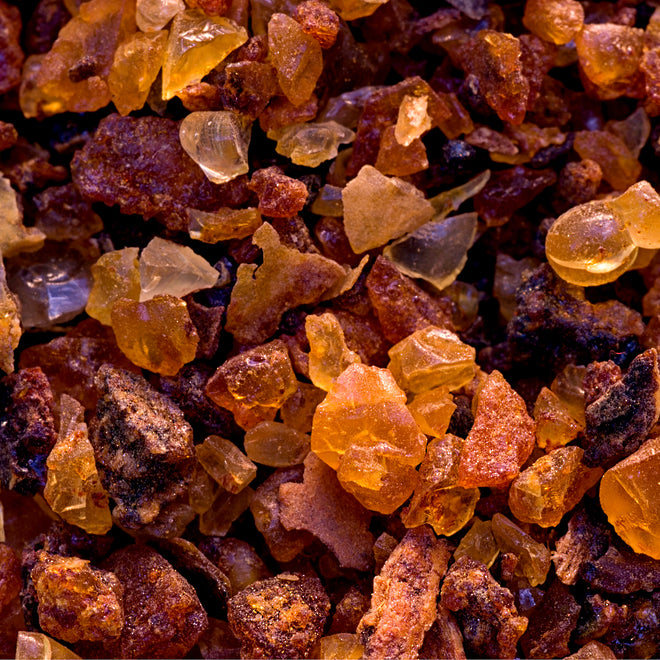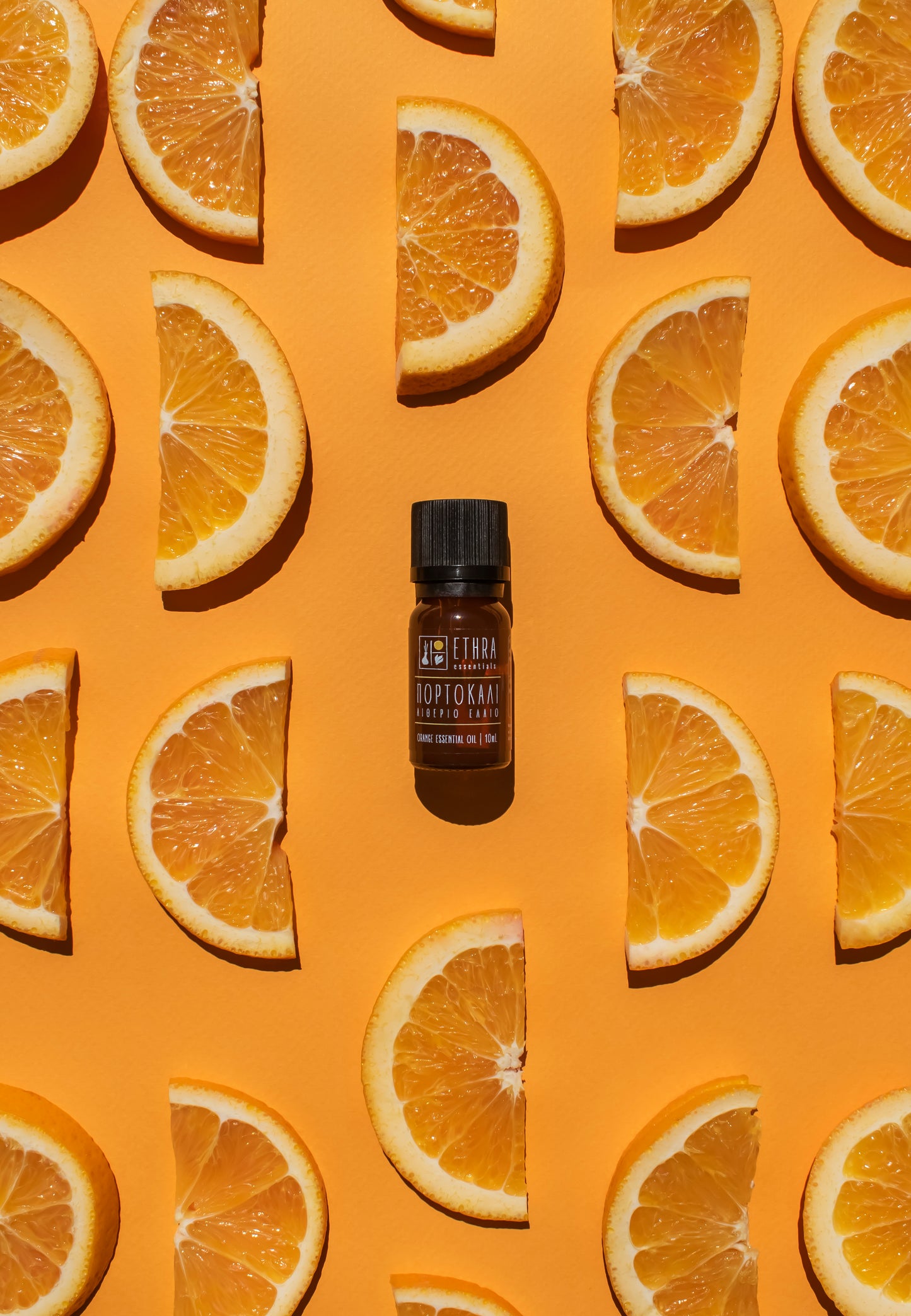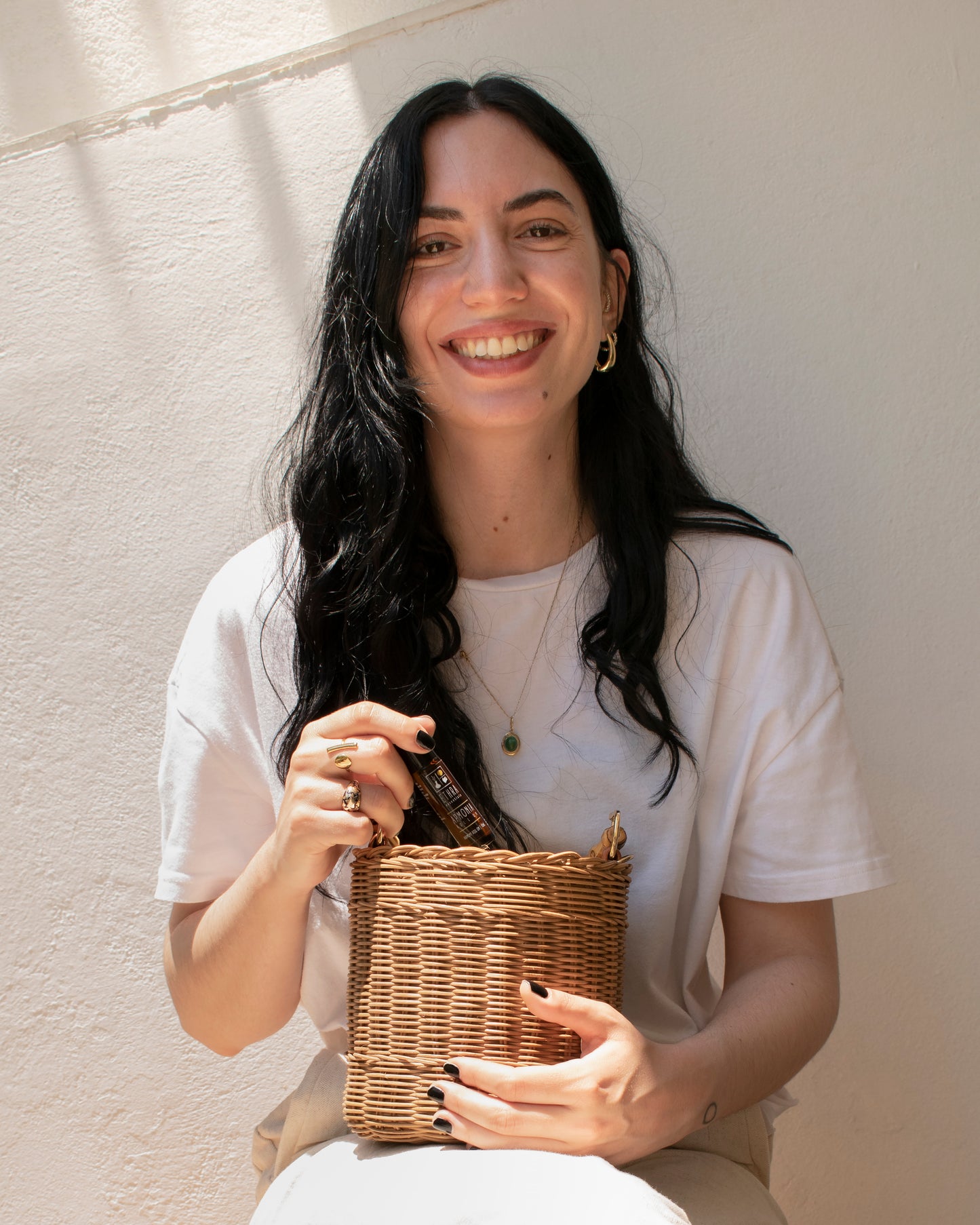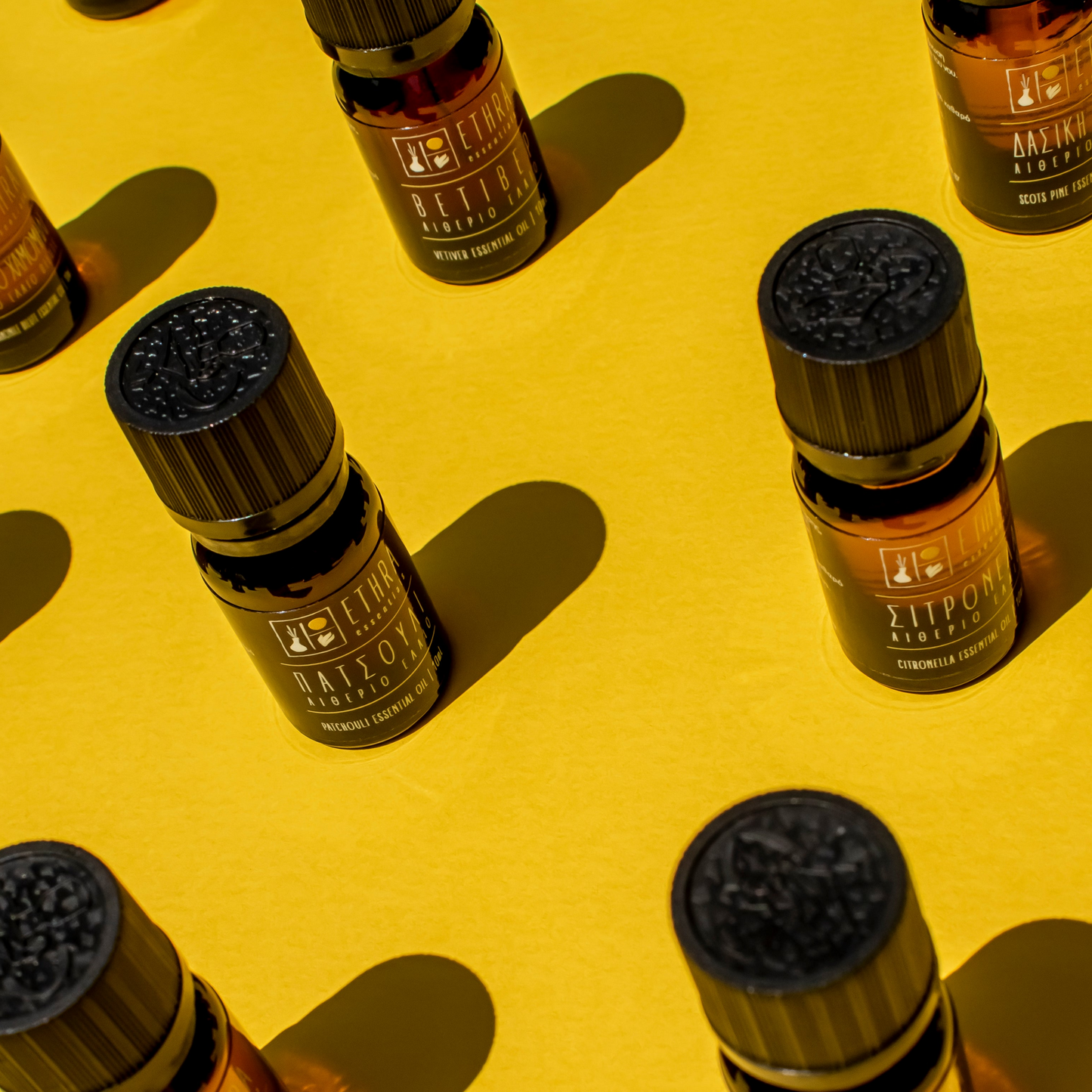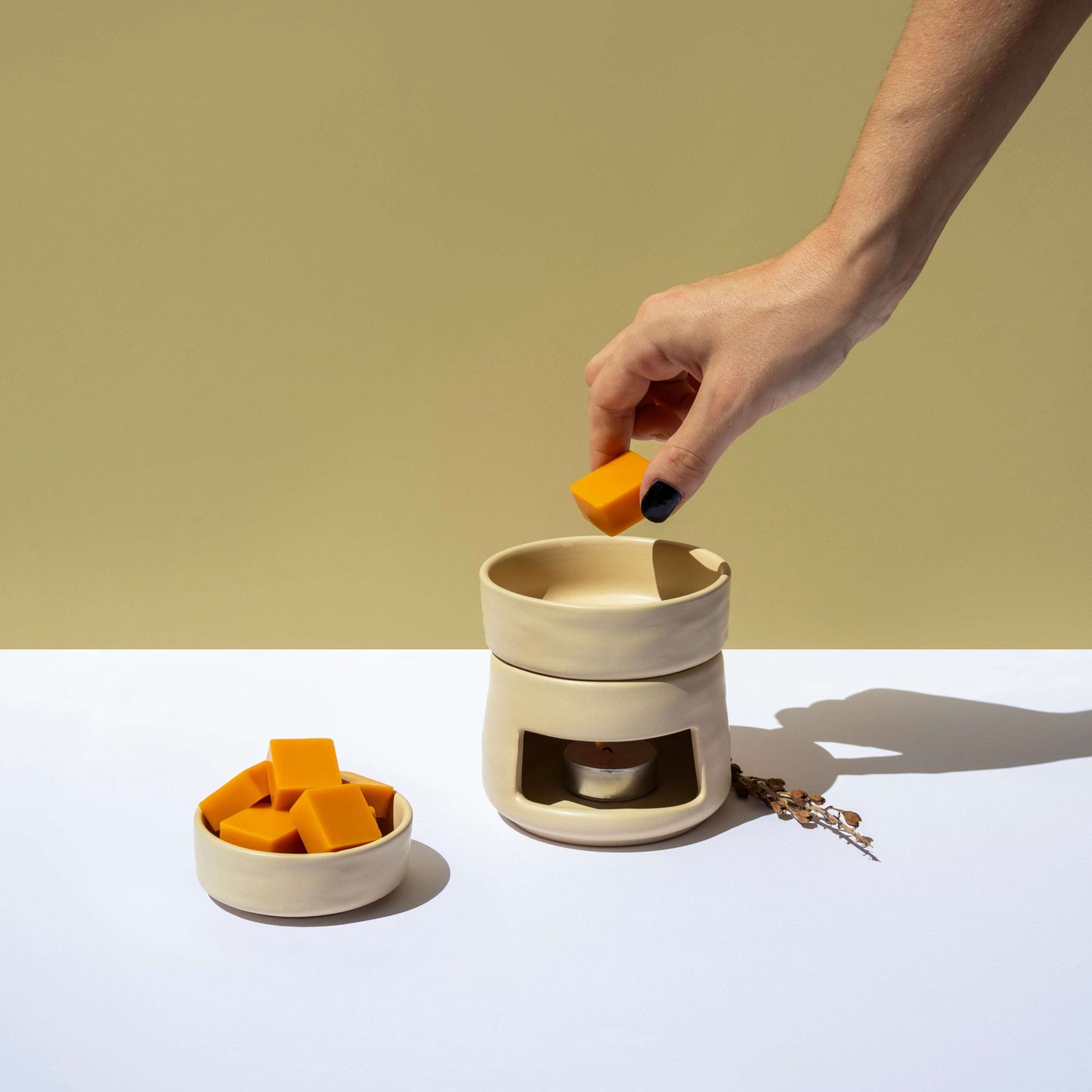Find them at a -15% discount with the purchase of 5 essential oils or more!
Sun Roll On 10 mL
- 100% Natural Essential Oils in a soothing Vitamin E base oil. Can be applied easily and quickly throughout the day in stressful situations and periods of tension. Roll on Sun contains essential oils of mint, orange and myrrh which promote feelings of joy and optimism.
- Spearmint: improves concentration, focus and mental clarity, relieves symptoms of nausea
- Orange: promotes feelings of joy and optimism
- Myrrh: has a calming effect on emotions
- Size: 10 mL
Vitamin E Base Oil, Spearmint Essential Oil, Orange Essential Oil, Myrrh Essential Oil.
- Use on wrists, temples and/or behind the ears.
- You can also put it on the palms, rub them lightly together to generate heat and inhale through them.
- Also, you can place it in the fridge before use so that the frozen metal ball gives you extra relief!
Keep out of reach of children and keep in a cool and shady place. For external use only. Avoid eye contact.
Allergens: Citral, Linalool, d-Limonene
- 100% Natural Essential Oils in a soothing Vitamin E base oil. Can be applied easily and quickly throughout the day in stressful situations and periods of tension. Roll on Sun contains essential oils of mint, orange and myrrh which promote feelings of joy and optimism.
- Spearmint: improves concentration, focus and mental clarity, relieves symptoms of nausea
- Orange: promotes feelings of joy and optimism
- Myrrh: has a calming effect on emotions
- Size: 10 mL
Vitamin E Base Oil, Spearmint Essential Oil, Orange Essential Oil, Myrrh Essential Oil.
- Use on wrists, temples and/or behind the ears.
- You can also put it on the palms, rub them lightly together to generate heat and inhale through them.
- Also, you can place it in the fridge before use so that the frozen metal ball gives you extra relief!
Keep out of reach of children and keep in a cool and shady place. For external use only. Avoid eye contact.
Allergens: Citral, Linalool, d-Limonene
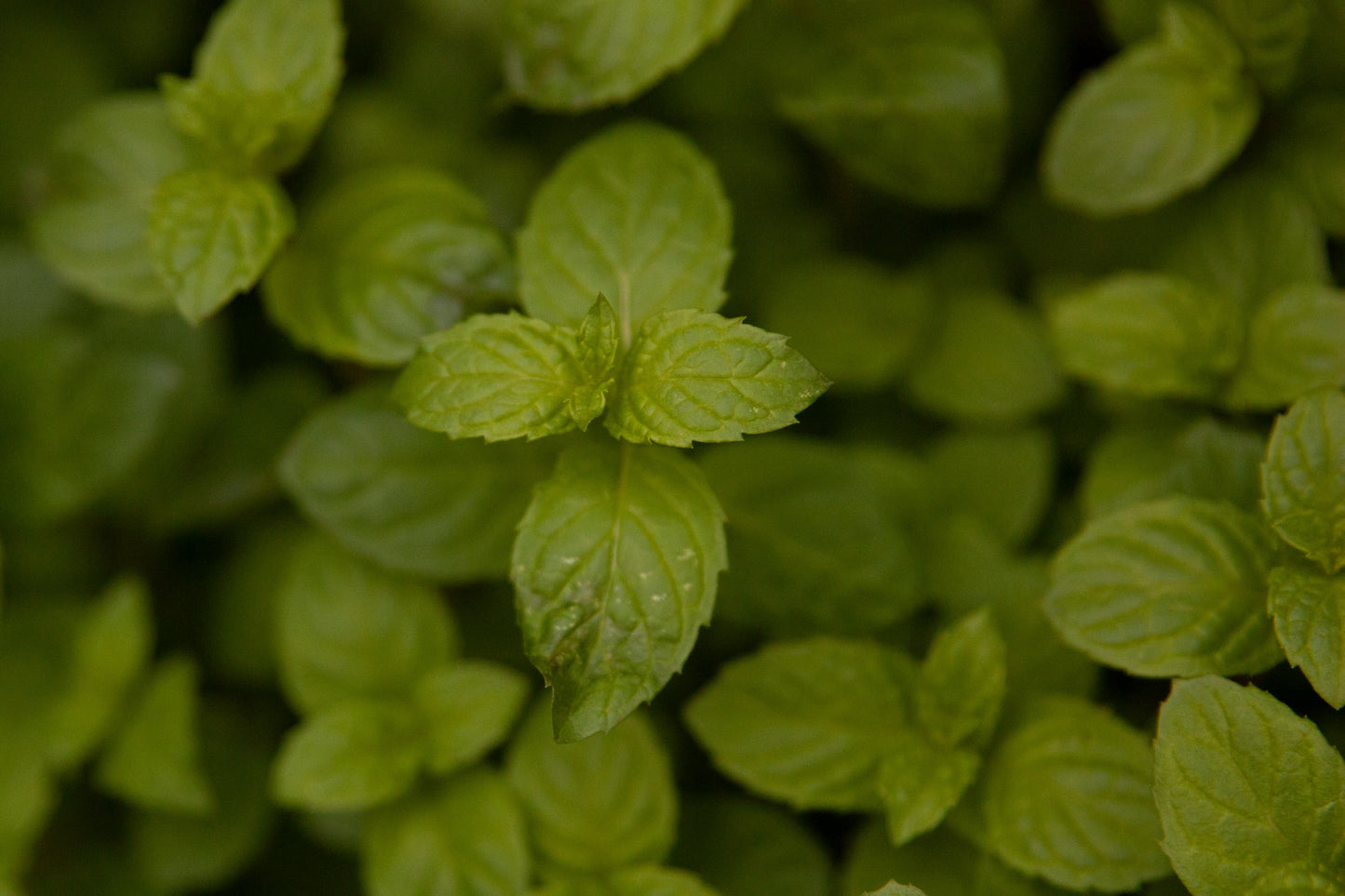
Spearmint
Spearmint, by its generic name, was highly esteemed by the ancients. The Assyrians and Babylonians used it to treat stomach laziness and the Jews as a tonic. Dioscorides used it for the stomach. In the 19th century, Trousseau used it not only for vomiting but also for strong coughs.
But its properties are not only about digestion and spasms. Hippocrates and Aristotle considered it an aphrodisiac, while Dioscorides and Mattiole did the exact opposite. In the last century Leclerc and others considered spearmint a tonic "suitable for the games of love."

Orange
Oranges are native to the tropics of Asia, especially the Malay Archipelago. Along with other citrus species they have been cultivated for countless years.
The orange spread to India and the east coast of Africa and then to the eastern Mediterranean. The Roman conquests, the development of Arab trade routes and the expansion of Islam contributed significantly to its spread.
When Christopher Columbus sailed, orange trees were common in the Canary Islands.
Nowadays, they are cultivated in subtropical and tropical America, the northern and eastern Mediterranean, South Africa and Australia.
